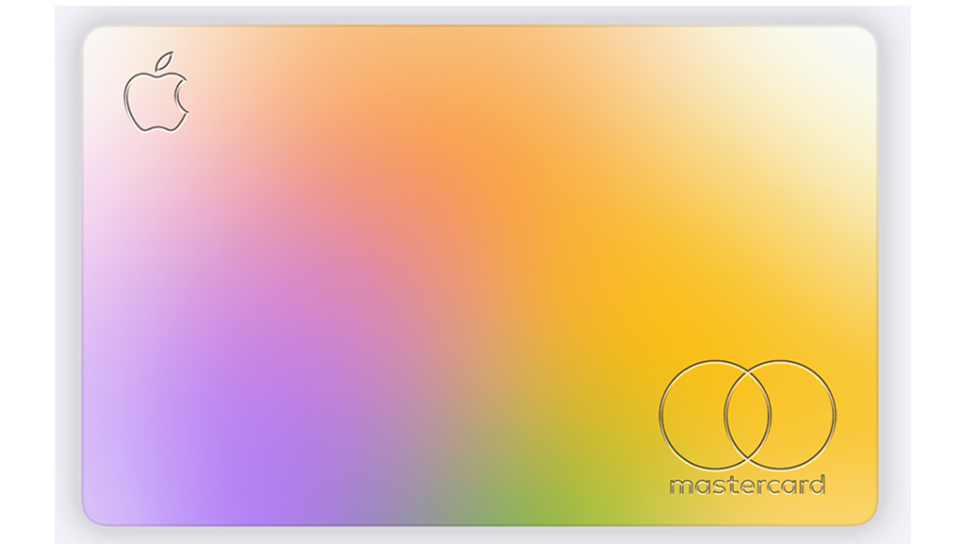Summer Heats Up at Mastercard
With operations across the globe, Mastercard (NYSE: MA) has a lot of exposure to the world economy. Even when economic conditions are good in the U.S., weakness overseas can threaten the payment processing company's overall growth. With uncertainty in many parts of the world, Mastercard has had to keep working hard to sustain its advantages over key rivals in the international realm.
Coming into Tuesday's second-quarter financial report, Mastercard investors hoped that the company would be able to power ahead with even stronger results than it saw earlier in the year. The numbers that Mastercard posted were indeed promising, and although investors might not have seen the blockbuster results that they would have preferred, they nevertheless recognize that Mastercard's operational excellence continued to show itself during the quarter.

Image source: Mastercard.
How Mastercard got its growth rate up
Mastercard's second-quarter results revealed the ongoing efforts the company is making to make the most of its business opportunities. Net revenue of $4.11 billion was up by more than 12% from year-ago levels, accelerating from last quarter's 9% top-line growth rate and topping the 11% forecast among those following the payment processor's stock. Net income jumped more than 30% to $2.05 billion, and even after accounting for some extraordinary items, adjusted earnings of $1.89 per share were better than the $1.82-per-share consensus forecast among investors by a reasonable margin.
From a fundamental perspective, all the metrics that Mastercard tracks continued to give signs of the health of the core business. Gross dollar volume grew at a 13% rate in local currency terms, coming in at $1.60 trillion. Switched transaction counts picked up 18% from the year-ago quarter, accelerating from previous quarters, and cross-border volume growth jumped to 16%. Mastercard now boasts almost 2.1 billion cards in its network, 456 million of which are issued in the U.S., and that doesn't even include the hundreds of millions of Maestro-branded cards.
As we've seen recently, Mastercard saw better dollar-based figures in the U.S. market than it did overseas. Gross dollar volume in the U.S. rose 9.9%, topping the 7.7% figure from elsewhere. However, it was the strength of the U.S. dollar that produced those results, as local-currency gains all dramatically eclipsed what Mastercard was able to produce in the U.S. market.
Mastercard also continued to emphasize cost discipline. Total operating expenses fell 1% from year-ago levels, and that left the company free to make major investments in strategic initiatives in order to bolster long-term growth.
What's next for Mastercard?
CEO Ajay Banga took the results in stride. "We continue to execute well against our strategy," Banga said, "and had another strong quarter of revenue and earnings growth." The CEO pointed to Mastercard's global scope as being a key advantage in a fast-growing industry.
Mastercard also sees plenty of new opportunities for growth. As Banga described it, "We are driving growth in our core products with key wins around the globe, and our recent acquisitions, such as Transfast, and new partnerships, like P27 in the Nordics, will help us address our customers' evolving payments needs, particularly in the areas of real-time account-to-account and cross-border payments."
Investors have gotten used to Mastercard returning substantial amounts of capital to shareholders, and that showed no signs of slowing during the quarter. Mastercard said that it spent $1.9 billion to buy back 7.7 million shares of stock during the three-month period that ended June 30, and it's bought another 1.8 million shares just in the first few weeks of July. That leaves about $2.6 billion left for the card giant to spend -- and many foresee that another repurchase authorization will come when those funds are completely used up.
Mastercard investors didn't have a huge reaction to the news, with the stock moving very little in pre-market trading following the announcement. Yet as long as the payment processor can keep benefiting from rising levels of electronic transactions internationally, Mastercard should be in a good position to produce long-term growth and build on its strong foundation as a leading player in the industry.
More From The Motley Fool
Dan Caplinger has no position in any of the stocks mentioned. The Motley Fool owns shares of and recommends Mastercard. The Motley Fool has a disclosure policy.

 Yahoo Finance
Yahoo Finance 